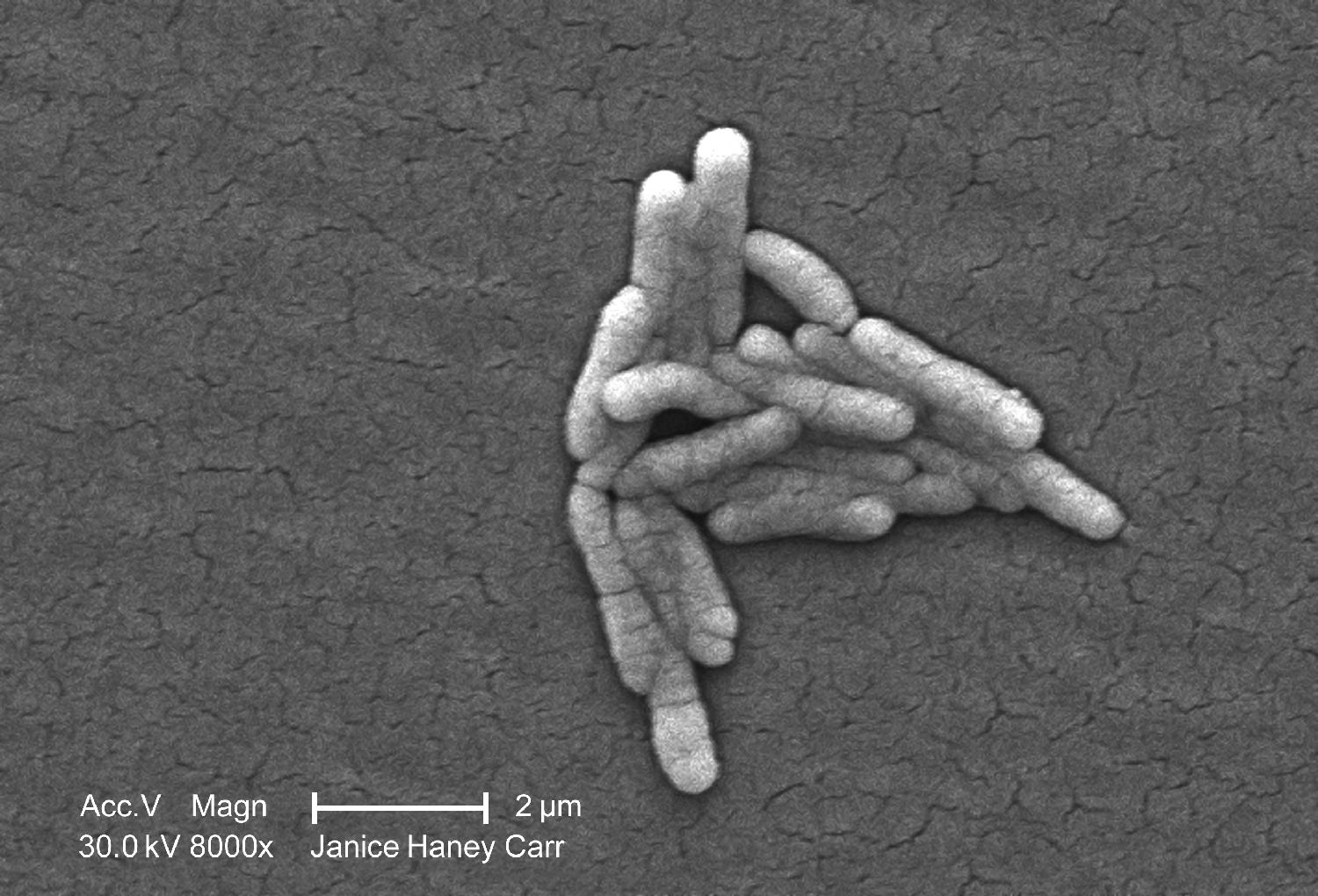Salmonella enterica

Scanning electron microscopic (SEM) of Salmonella enterica bacteria. Copyright holder: Janice Haney Carr. Link: https://phil.cdc.gov/Details.aspx?pid=10986.
Despite being 1 out of 4 global key causes for diarrhoeal diseases, outbreaks of S. enterica are rarely discovered. Most attention is directed at the outbreaks that generate media attention. According to the WHO only 20-40% of the detected cases are recognized as part of an outbreak and diagnosed as such, meaning that 60-80% of cases are seen as sporadic. Although the disease usually last 2-7 days and the patient will recover without treatment, infections can be lethal for children and elders by the associated dehydration. A rise in the number of Salmonellas resistant to antibiotics has been seen lately and the increasing fluoroquinolone resistance is of concern. 1928 can analyze your WGS data and tell if your S. enterica samples is part of an outbreak or not.
1928 offers the following analyses of S. enterica:
- MLST (Multilocus sequence typing).
- cgMLST (core genome MLST), typing with finer resolution than traditional MLST with our own schema built from 2842 genes.
- Genotypic prediction of resistance genes.
- SNP analysis for higher resolution of outbreaks.
Links and References
https://www.who.int/news-room/fact-sheets/detail/salmonella-(non-typhoidal)